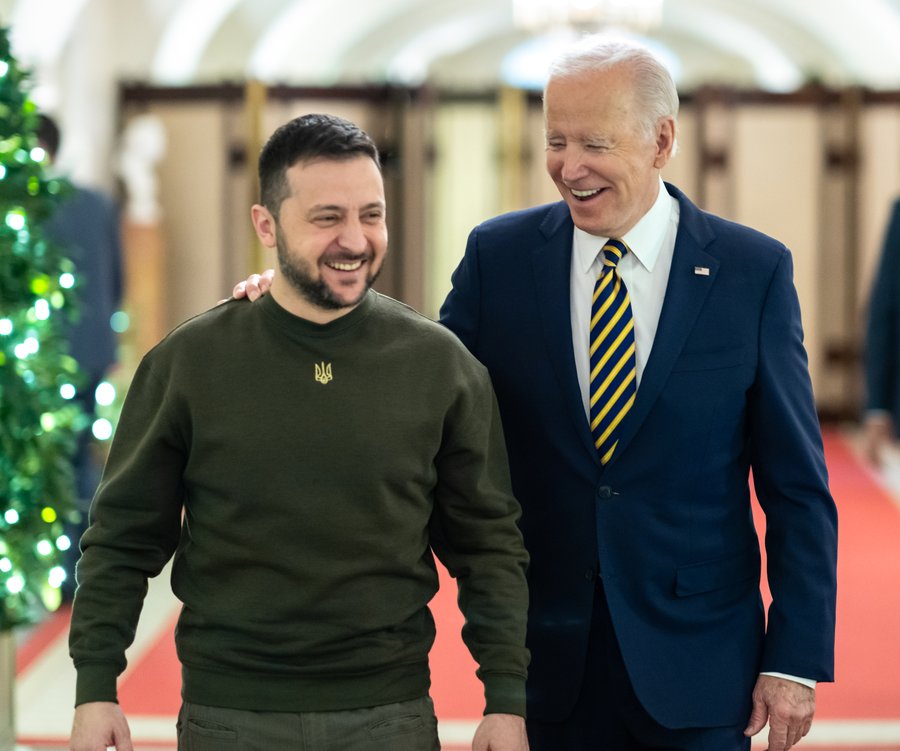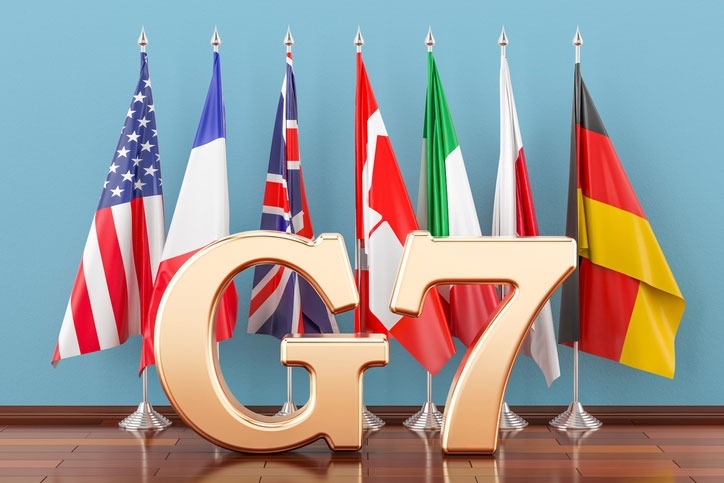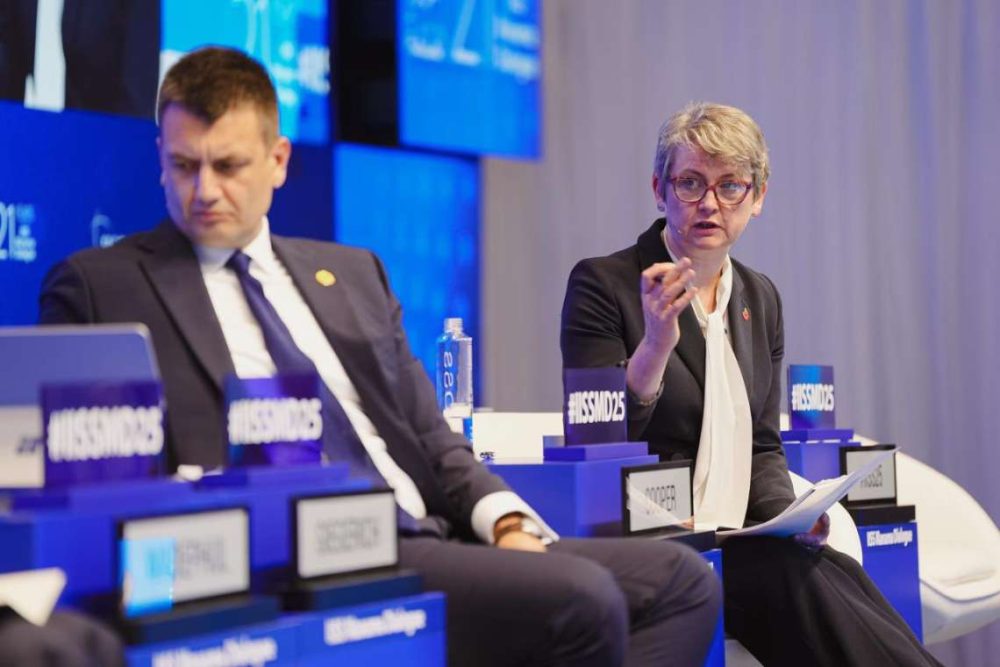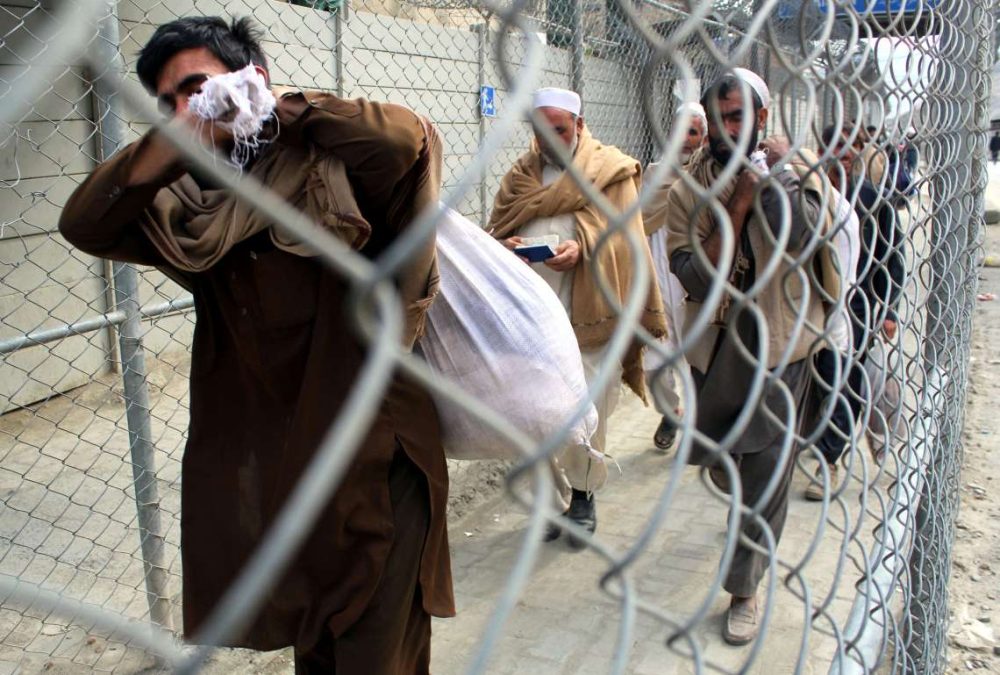With the latest allocation, the total amount of military assistance provided by the US to Ukraine since the onset of the conflict in February 2022 reaches almost $51 billion…reports Asian Lite News
As the war between Russia and Ukraine goes unabated with Kremlin troops being relentless in their pursuit of invading Ukraine, the United States is poised to declare another military aid worth $275 million to the war-ravaged country, reported The Washington Post citing two US officials on Friday.
This marks the fourth installment of military assistance for Ukraine since the passing of a long-awaited foreign aid bill by Congress last month.
The aid package, set to be unveiled imminently, includes a range of weaponry and munitions crucial for Ukraine’s defence efforts. Among the items are high mobility artillery rocket systems (HIMARS), 155 mm and 105 mm high-demand artillery rounds, Javelin and AT-4 anti-tank systems, anti-tank mines, tactical vehicles, small arms, and ammunition.
Acknowledging the urgency of the situation, Defence Secretary Lloyd Austin affirmed the United States’ commitment to supporting Ukraine during a recent gathering of defence leaders from Europe and other nations. He emphasized the importance of maintaining a steady flow of weapons to Ukraine’s front lines to address the immediate challenges posed by Russia’s aggression, as reported by The Washington Post.
The ongoing conflict has underscored the critical need for Ukraine to bolster its military capabilities amidst Russian incursions and attacks on civilian infrastructure. Despite delays in Congress, the Biden administration has prioritized expediting military assistance to Ukraine, with nearly $1.7 billion in weapons already announced and dispatched from Pentagon stockpiles since the passage of the $95 billion foreign aid package.
Additionally, the US has allocated $6 billion through the Ukraine Security Assistance Initiative, facilitating longer-term contracts with the defence industry. However, the delivery of these weapons may take several months or even years to materialize fully.
With the latest allocation, the total amount of military assistance provided by the US to Ukraine since the onset of the conflict in February 2022 reaches almost $51 billion. This substantial support underscores America’s commitment to bolstering Ukraine’s defence capabilities and countering Russian aggression in the region, The Washington Post reported.

EU seizes Russian profits for Ukraine
A landmark EU decision this week to send Ukraine the interest earned by hundreds of billions of dollars in Russian central bank accounts on its territory is adding urgency to a debate over what will happen to those accounts.
The difference between the two sums is enormous.
Ukraine wants to use the estimated 210 billion euros ($228bn) of Russian central bank money held in European institutions to defeat Russia on the battlefield. The EU froze those assets in February 2022, immediately after Russia invaded Ukraine. Another 50 billion euros ($54bn) are frozen around the world.
“If the world has $300bn, why not use it?” Ukrainian President Volodymyr Zelenskyy recently said.
After years of debate, the bloc decided on Tuesday to allow Ukraine to use just the interest earned by those accounts, which the EU believes would amount to about 2.5 to 3 billion euros ($2.7bn-$3.3bn) a year.
This money is over and above weapons EU members have already contributed, or plan to contribute through bilateral agreements, European Commission sources said.
It is also separate from the 12.5 billion euros ($13.6bn) a year in financial assistance they have pledged for the next four years.
A first payment is to be made in July, representing interest earned since February, when the EU ordered financial institutions to separate profits from the principal.
The institutions will keep any interest earned between February 2022 and February 2024, possibly for reconstruction purposes, European Commission sources said.
“Right now it doesn’t seem as though the EU is in any way prepared to move on to a discussion about using the principal for Ukraine,” the diplomatic source said. “There are European institutions that are against it and a lot of member states that are against it. The EU doesn’t want to risk its reputation and its prosperity.”
The European Central Bank has been especially vocal about leaving other central banks’ assets alone, worried about reputational damage to the euro. And some EU members like Hungary and Slovakia maintain strong economic ties with Russia and have made known their unease about alienating Moscow.
That leaves matters on a plateau, said Moiseienko.
“It is a placeholder, an intermediate step. But a placeholder for what?” Moiseienko said. “Transfer of those assets to Ukraine, or continue in this wait-and-see game? In terms of the overall direction of travel, it’s very unclear.”
“The EU keeps saying that Russia must pay but keeps taking steps that prevent that from happening,” he added.
Philippa Webb, a professor of international law at King’s College London, said that Russia had a clear obligation under the law to pay Ukraine reparations for launching an aggressive war against it, but it also enjoyed immunity from most forms of enforcement.
But that immunity was not absolute, she advised the European Parliament in a research paper last February. It is just a question of finding the right legal avenue to seizing the entire principal – something that would break new legal ground.
Over the past two years, several ideas have been presented.
One approach is to issue a loan using the Russian assets as collateral, but it would amount to much less than the assets.
Another is to use a legal concept known as countermeasures, whereby a country takes a step normally considered unlawful, such as seizing sovereign assets, but is justified as a response to a previous unlawful action by the other state.
In this case, Russia’s unlawful act was to wage a war of aggression, against the statutes of the United Nations Charter and its recognition of Ukraine’s borders in 1991.
More ambitiously, the United Nations could vote to lift Russia’s immunity from enforcement, creating a new international legal standard. That would require a large majority in the General Assembly, legal experts believe.
Shortly after Russia’s invasion of Ukraine, 141 out of 193 UNGA members demanded a Russian withdrawal, marking a high point of empathy with Ukraine.
Ukraine has been unable to recreate that majority to indict Russian President Vladimir Putin for the crime of aggression, and it is unlikely the world would show a greater appetite for remaking international law to seize Russian assets.














